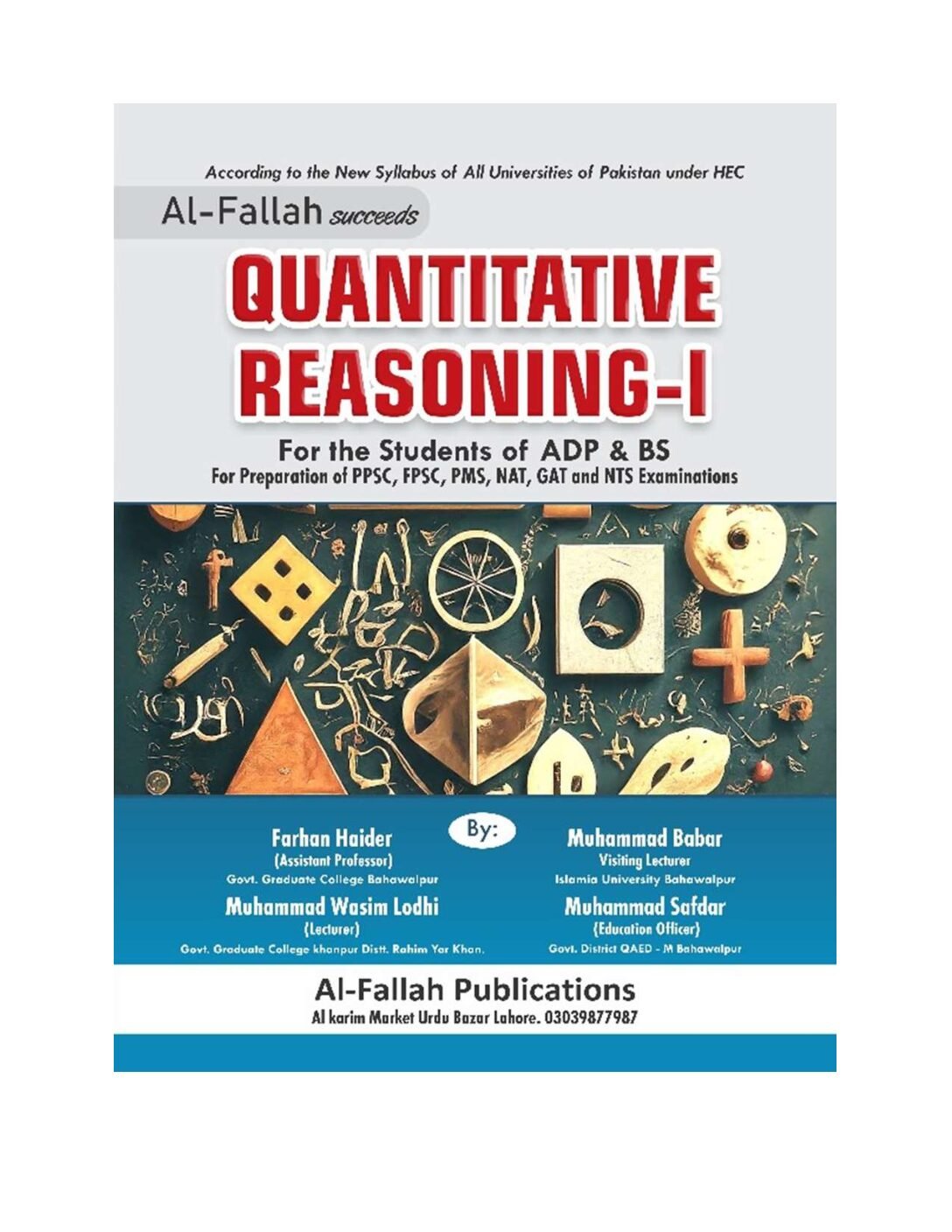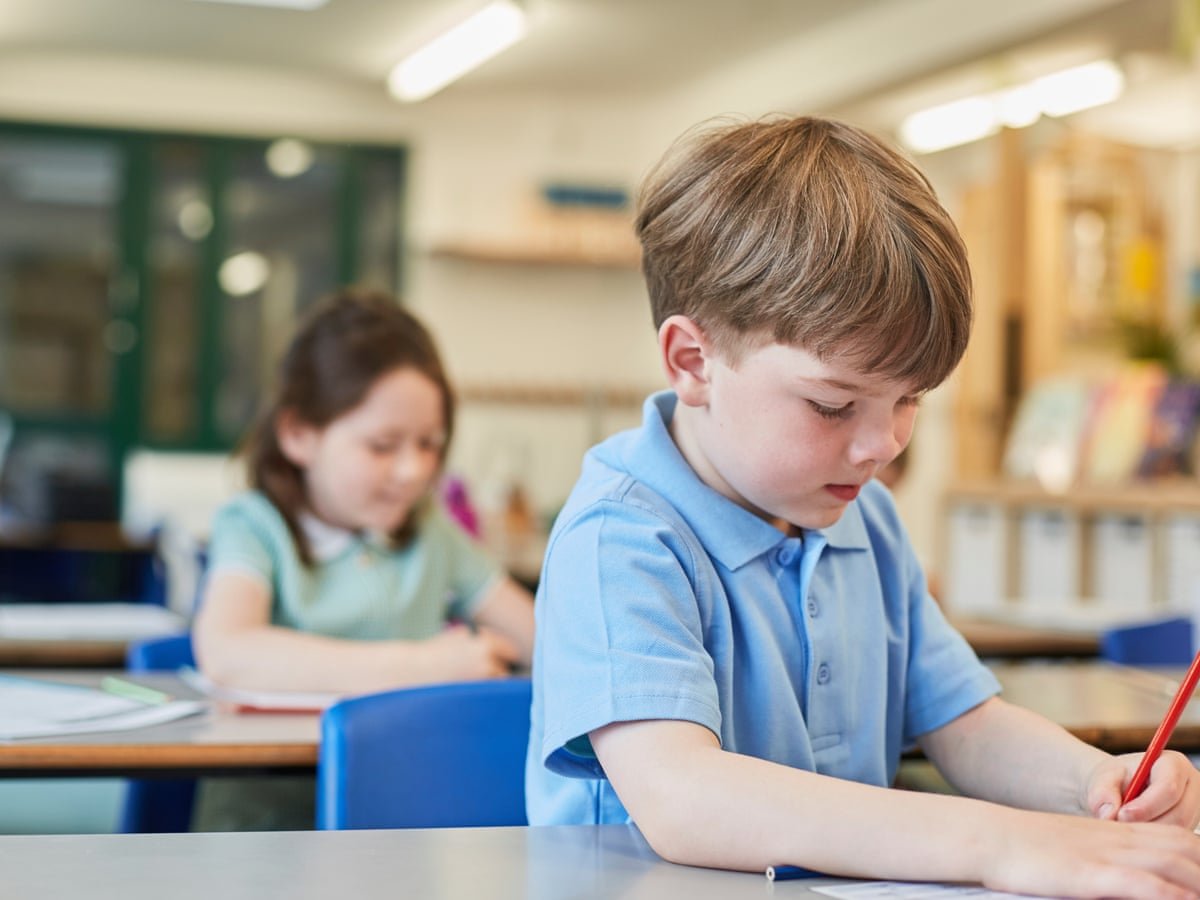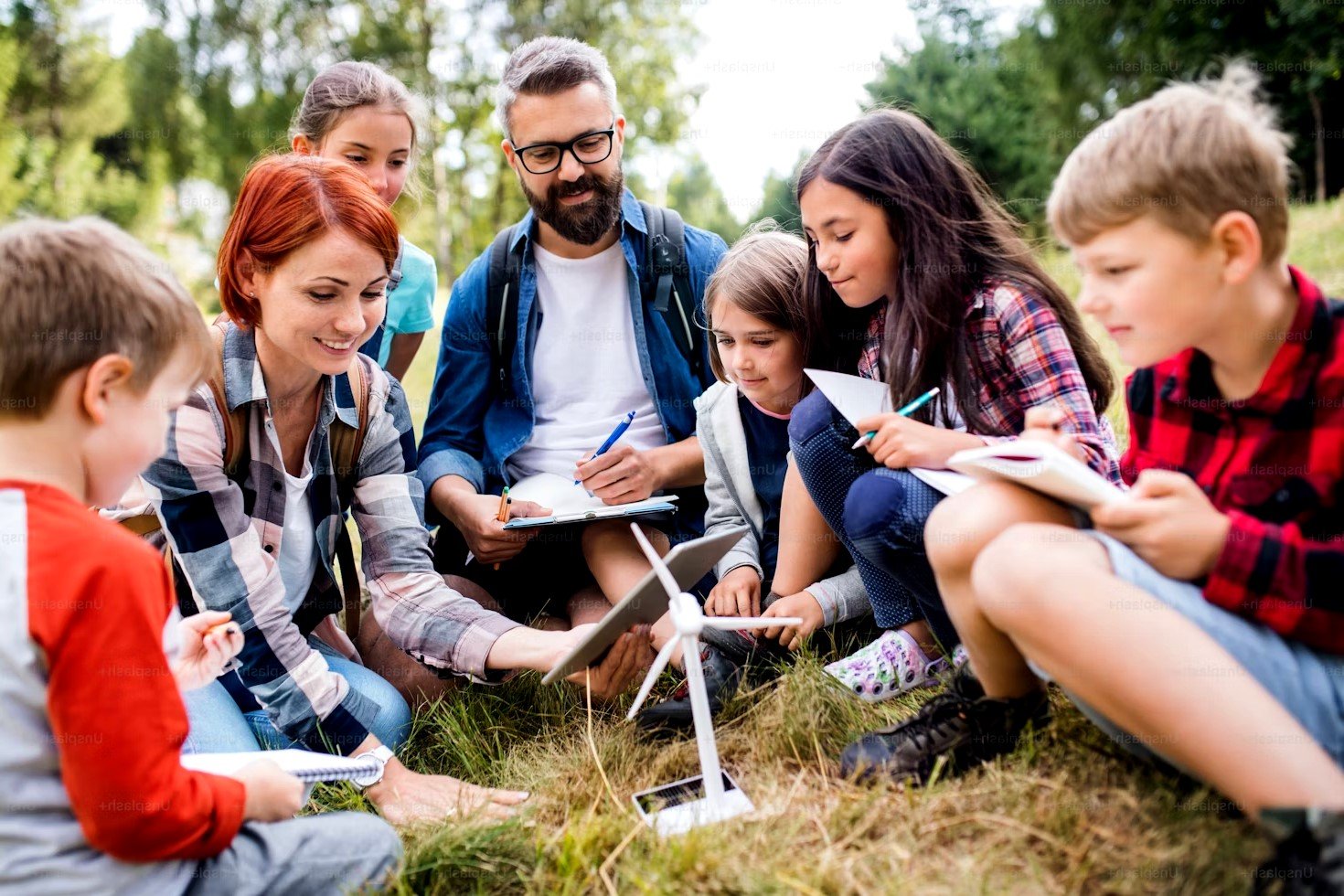Gamification in Education: Boost Motivation & Learning Outcomes
Gamification in education boosts engagement & learning outcomes. Discover how game mechanics motivate students & improve performance.

Gamification in education is revolutionizing the way students engage with learning by integrating game-like elements into academic environments. Traditional teaching methods often struggle to maintain student interest, but gamification addresses this challenge by incorporating motivational triggers such as points, badges, and leaderboards. This approach not only enhances student engagement but also leads to improved learning outcomes, making education more interactive and enjoyable.
As digital transformation reshapes classrooms, gamification in education is becoming a key strategy for fostering 21st-century skills. From elementary schools to professional training programs, this method promotes active participation, reinforces knowledge retention, and cultivates a growth mindset. By blending play with pedagogy, educators can create dynamic learning experiences that resonate with today’s tech-savvy learners.
Gamification in Education
What is Gamification in Education?
Gamification in education refers to the application of game design elements in non-game contexts to make learning more engaging. Unlike traditional teaching methods, which often rely on passive learning, gamification encourages students to participate actively through rewards, competition, and interactive challenges.
The Psychology Behind Gamification
Gamification taps into core psychological principles to boost motivation and engagement, primarily leveraging Self-Determination Theory (SDT), which identifies three key drivers—autonomy (control over learning paths), competence (mastery through challenges and feedback), and relatedness (social interaction via leaderboards or team quests). The dopamine reward system explains why points, badges, and level-ups are addictive—they trigger instant gratification, reinforcing positive behaviors through intermittent rewards, much like video games.
Benefits of Gamification in Education
Increased Student Engagement
Traditional lectures often fail to hold students’ attention. Gamification introduces interactive elements that make lessons fun, leading to higher participation rates and reduced dropout rates.
Improved Knowledge Retention
When students learn through gamified experiences, they retain information longer. Studies show that active learning techniques, such as quizzes and simulations, enhance memory recall by up to 90%.
Personalized Learning Experiences
Gamification allows for adaptive learning, where content adjusts based on a student’s progress. This customized approach ensures that each learner receives challenges suited to their skill level.
Encourages Collaboration
Leaderboards and team challenges promote peer interaction, fostering a sense of community. Students learn to work together while striving for individual excellence.
Instant Feedback
Unlike traditional exams, gamified platforms provide Real-time feedback, helping students identify strengths and weaknesses immediately. This accelerates the learning process and builds confidence.
How to Implement Gamification in Education
Define Clear Learning Objectives
Before introducing gamification, educators must establish measurable goals. Whether improving test scores or increasing participation, objectives guide the design of game-based activities.
Choose the Right Game Mechanics
Not all game elements suit every classroom. Younger students may thrive with badges and rewards, while older learners might prefer simulations and role-playing scenarios.
Use Gamification Tools & Platforms
Gamification in Education can leverage various gamification tools and platforms to enhance engagement and learning outcomes, with popular options including Kahoot! for interactive quizzes, Classcraft for role-playing classroom management, Duolingo for language learning through game mechanics, and Minecraft: Education Edition for immersive project-based learning.
Balance Competition
While competition can drive motivation, excessive rivalry may discourage some students. A mix of individual and group challenges ensures inclusivity.
Adjust Strategies
Regularly assess the effectiveness of gamification techniques. Surveys and analytics help refine approaches for better student outcomes.
Real-World Examples of Gamification Success
Duolingo’s Language Learning Model
Duolingo uses streaks, XP points, and leaderboards to keep users engaged. Its gamified approach has made it one of the most popular language-learning apps globally.
Classcraft’s Classroom Engagement System
Classcraft transforms classrooms into role-playing games, where students earn powers by completing assignments. This method has significantly improved student behavior and participation.
Khan Academy’s Badge System
Khan Academy rewards learners with energy points and badges for mastering concepts. This motivational framework encourages consistent progress.
Challenges of Gamification in Education
Overemphasis on Rewards Over Learning
Students may focus more on earning points and badges than mastering concepts, reducing intrinsic motivation. External rewards can undermine the natural joy of learning if not balanced properly. Educators must design systems where game elements support rather than replace meaningful educational outcomes.
High Implementation Costs
Developing quality gamified content requires significant investment in software, hardware, and training. Schools with limited budgets struggle to adopt advanced gamification platforms. Unequal access to technology can widen the digital divide between institutions.
Difficulty in Curriculum Alignment
Many gamified tools don’t seamlessly integrate with standard curricula and assessment methods. Teachers face challenges matching game mechanics to specific learning objectives. Poor alignment can lead to entertaining but educationally ineffective experiences.
Student Fatigue
Initially exciting game elements may lose their novelty over time, reducing engagement. Students can become overwhelmed by too many gamification features. Maintaining long-term motivation requires careful design and periodic refreshes of content.
Potential for Unhealthy Competition
Leaderboards and rankings may discourage struggling learners and increase anxiety. Overly competitive environments can harm classroom dynamics and collaboration. Educators must balance competition with cooperative game elements.
Future of Gamification in Learning
AI-Powered Personalized Learning
Artificial Intelligence will enable hyper-personalized gamified experiences, adapting challenges and rewards in real-time based on each learner’s progress. Adaptive algorithms will create custom learning paths that maximize engagement and knowledge retention while maintaining optimal difficulty levels. This smart personalization will make education more inclusive for diverse learning styles and abilities.
Immersive VR/AR Classrooms
Virtual and Augmented Reality technologies will transform gamification into fully immersive 3D learning environments. Students will explore historical events firsthand, conduct virtual science experiments, and solve math puzzles in interactive digital worlds. These immersive experiences will boost emotional engagement and improve spatial learning through realistic simulations.
Blockchain for Skill Verification
Blockchain technology will revolutionize credentialing by providing secure, verifiable digital badges for gamified achievements. Learners can build permanent portfolios of micro-credentials earned through educational games, recognized by employers and institutions. This decentralized system will make skill verification transparent while motivating continuous learning.
Social Learning Ecosystems
Future platforms will emphasize collaborative gamification where learners team up across geographies to solve challenges. Social features like shared leaderboards, guild-style learning groups, and peer-to-peer mentoring will create vibrant educational communities. These ecosystems will blend competition with cooperation for enhanced social-emotional learning.
Neuro-Gamification & Biometrics
Emerging technologies will incorporate biometric feedback (eye-tracking, EEG) to adjust game dynamics based on cognitive states. Systems will detect frustration or waning attention to automatically modify difficulty or introduce new engagement mechanics. This biological approach will optimize learning conditions for maximum focus and knowledge absorption.
Read More: EdTech Startups to Watch: The Next Big Thing in Education
Conclusion
Gamification in education has proven to be a transformative approach that bridges the gap between learning and engagement. By incorporating game mechanics like rewards, challenges, and interactive feedback, educators can create dynamic classrooms where students are motivated to learn and excited to participate. This method not only improves knowledge retention but also fosters essential skills like problem-solving, collaboration, and perseverance preparing students for real-world challenges.
As technology continues to evolve, the potential for gamification in education grows even stronger. With advancements in AI, VR, and adaptive learning platforms, the future of education lies in personalized, immersive experiences that cater to diverse learning styles. By embracing Gamification in Education, schools and institutions can ensure that learning remains relevant, engaging, and effective turning education into an adventure rather than a chore. The key to success lies in thoughtful implementation, where game elements enhance rather than distract from meaningful learning outcomes.
FAQs
What is gamification in education?
Gamification in education applies game elements like points, badges, and leaderboards to learning, making it more engaging and motivating for students.
How does gamification improve student performance?
By boosting motivation and engagement, gamification enhances knowledge retention, participation, and academic achievement through interactive learning experiences.
What are some effective gamification strategies for classrooms?
Popular techniques include reward systems, progress tracking, educational games, team challenges, and digital platforms like Kahoot! and Classcraft.
Can gamification work for all subjects and age groups?
Yes when tailored appropriately, gamification benefits K-12 students, college learners, and even corporate training across diverse subjects.
Are there risks to overusing Gamification in Education?
Excessive focus on rewards may shift attention from learning to “winning,” so balance and meaningful integration are key for long-term success.











